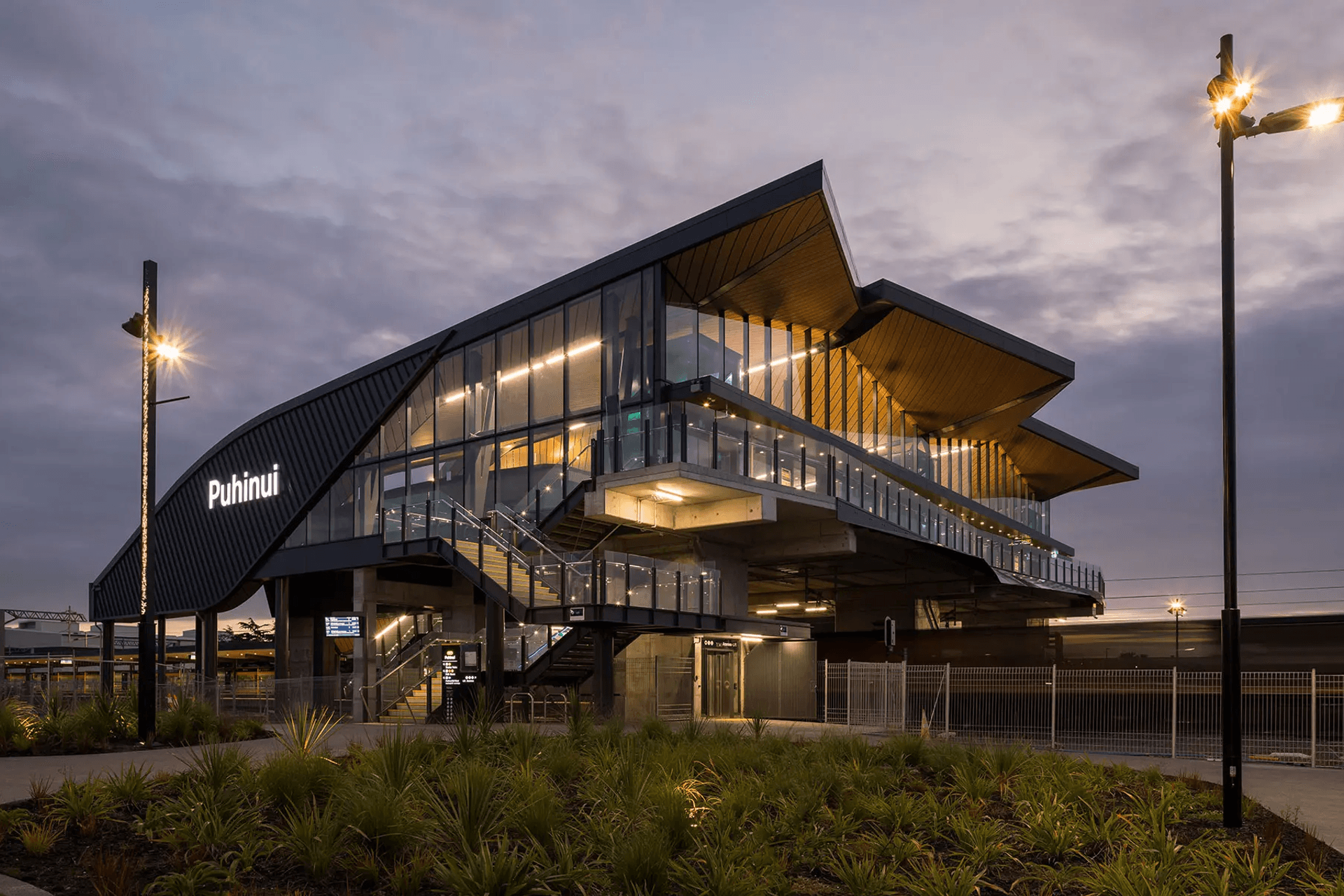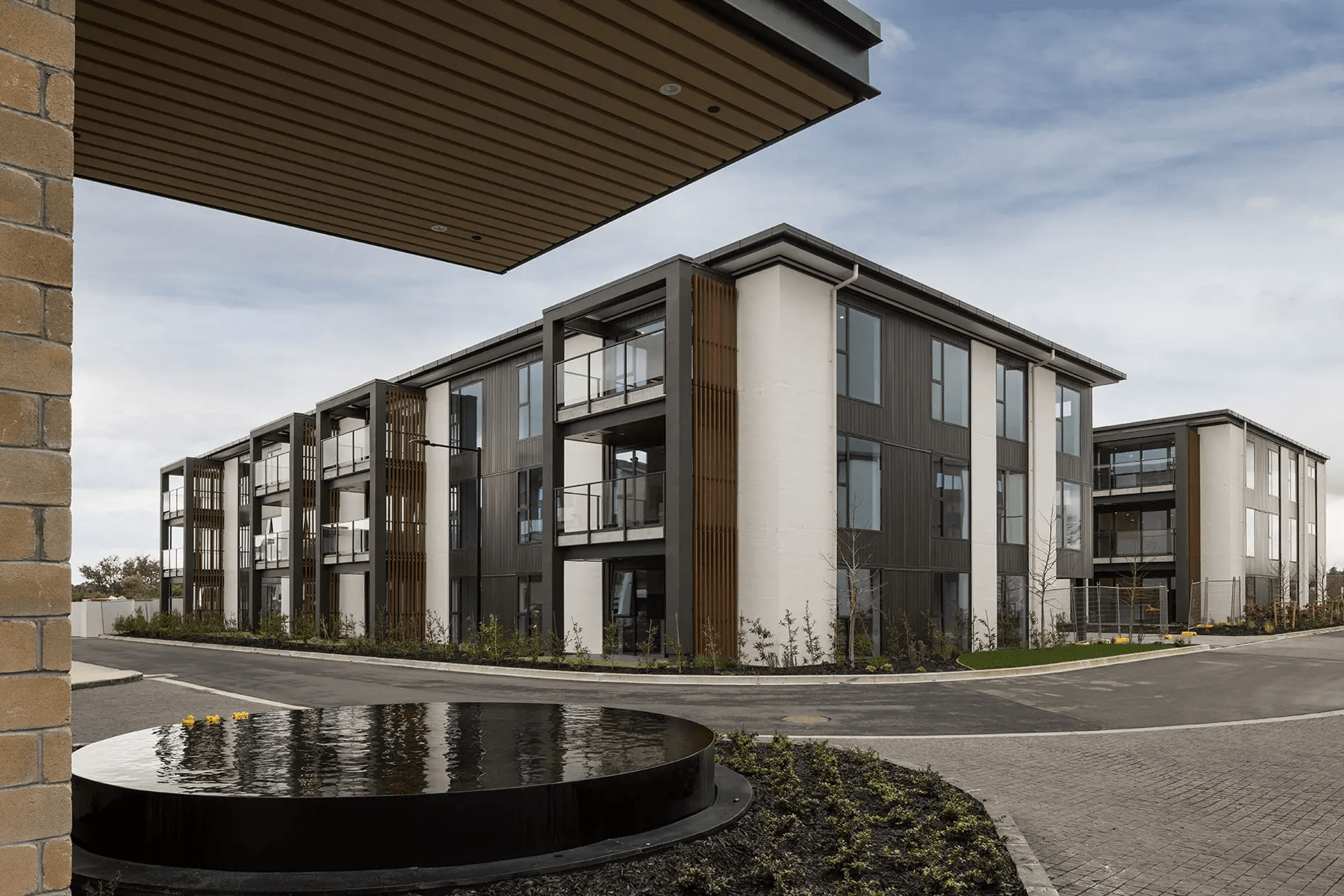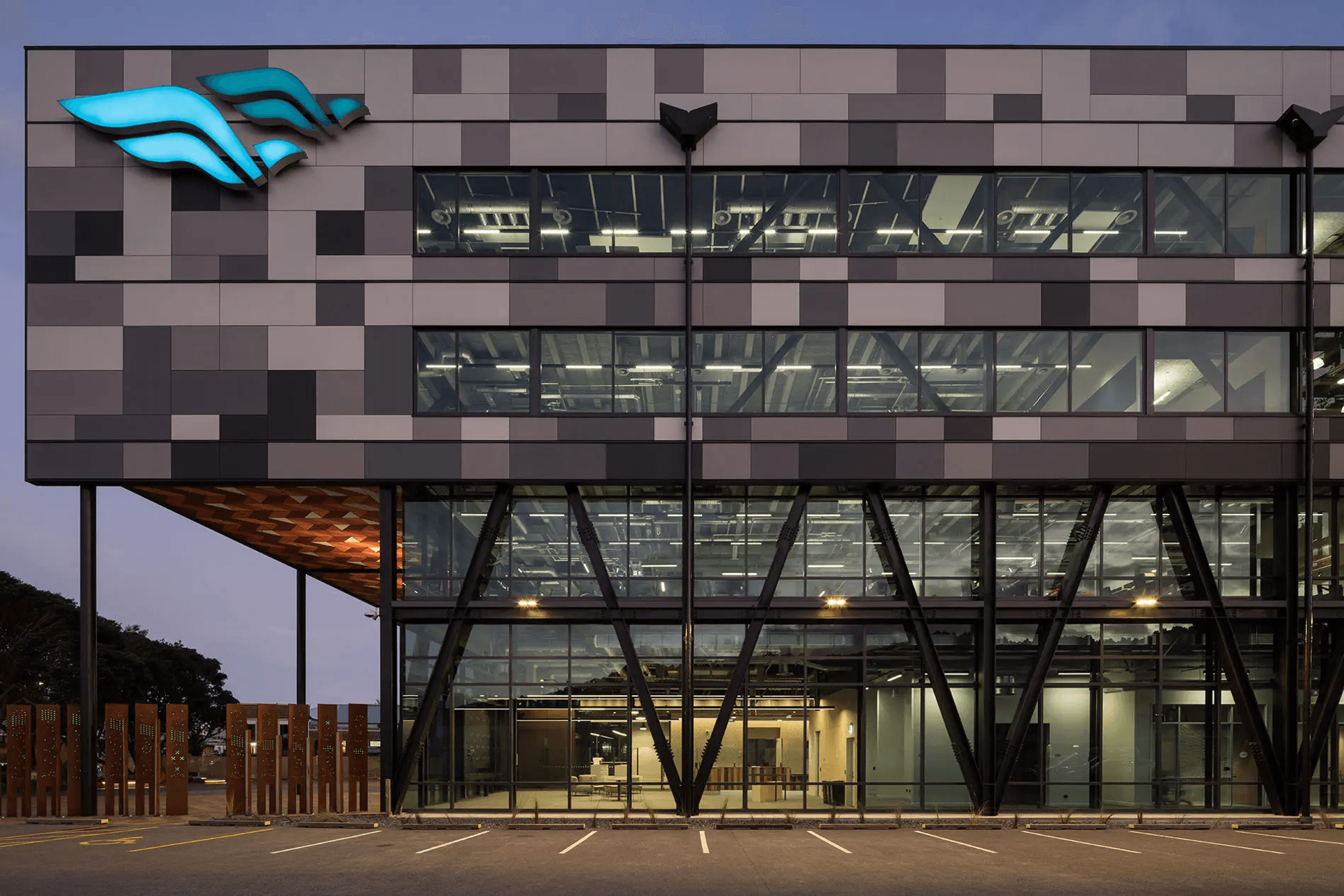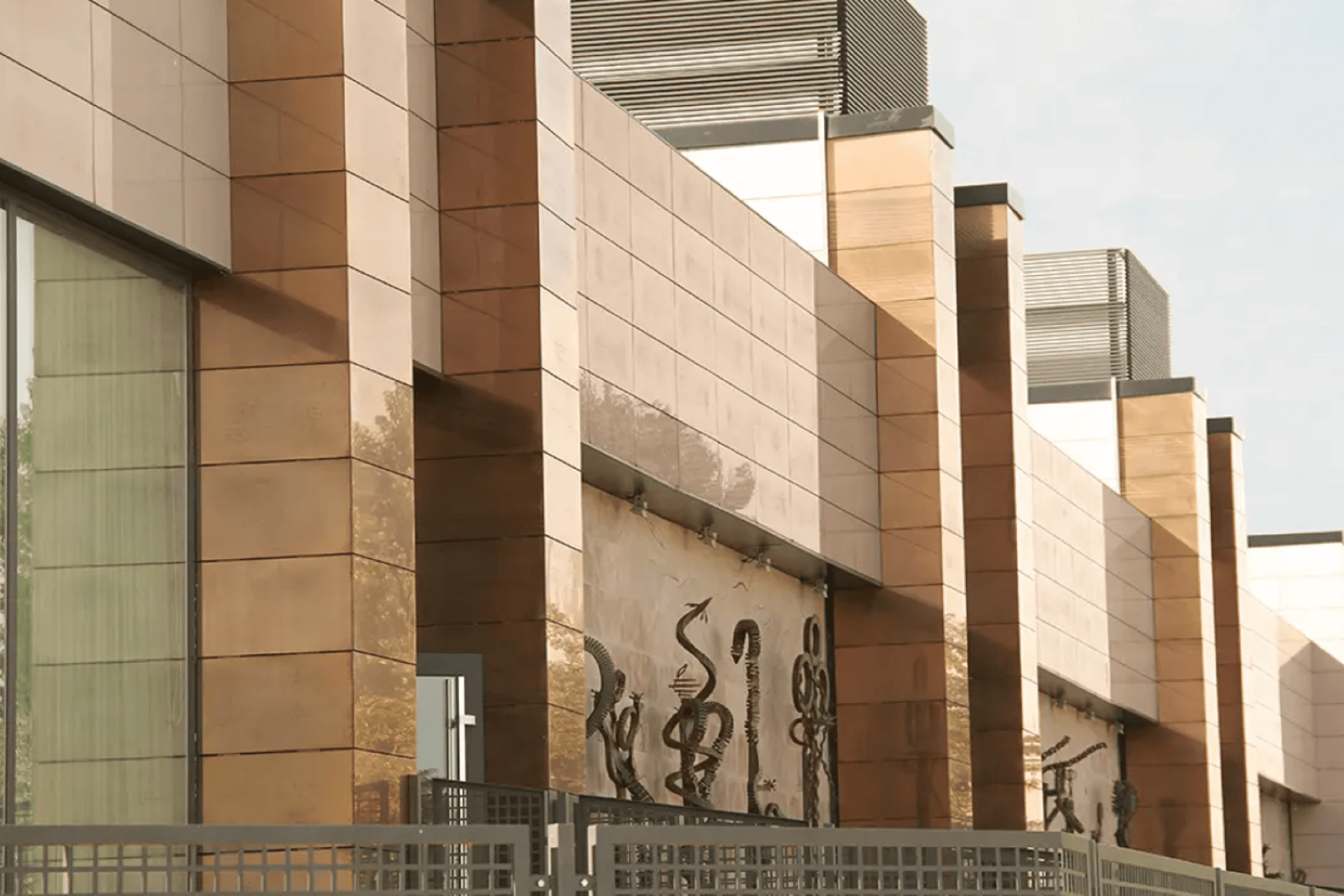Choosing the right cover: a guide to emerging exterior cladding options in New Zealand
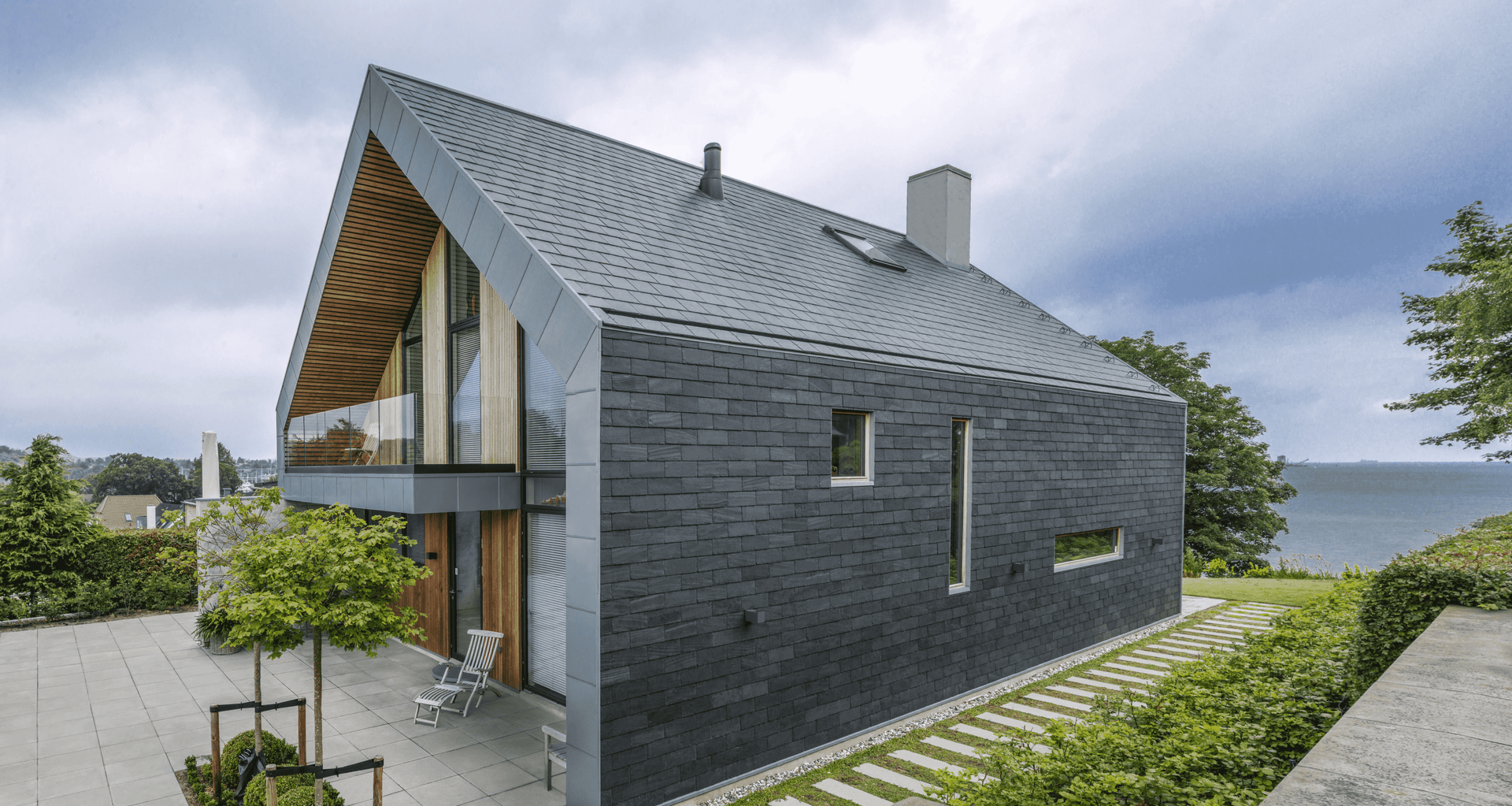
What needs to be considered when choosing a material for the exterior of a commercial building?
There's a lot to consider when choosing commercial cladding — while your mind may wander towards budget and aesthetics, the most important factors centre around safety and functionality, more specifically, fire performance and durability.
"Since the Grenfell fire occurred in 2017, there's been much more of a focus on fire performance and protection; it's the most important property and requirement of any viable material that's suitable for commercial applications,” says The Building Agency General Manager Chris Booth. “The process of designing a commercial building involves a commercial architect drawing an image of how they want the exterior of their facade to look and then architects within the practice will be tasked with finding materials that suit the aesthetic vision but also have to tick the boxes of fire protection and durability."
Architects should aim to find materials that match all three requirements but, most importantly, meet fire safety standards laid out in the NZBC (New Zealand Building Code). "The most important question that needs to be answered when searching for a commercial exterior facade is: Can we find a non-combustible facade that meets the stringent fire safety testing requirements laid out in the NZBC?"
Once the fire protection box is ticked, the focus can be turned to the durability profile of a material.
"The next crucial factor is durability. If you are designing a building, especially one that's above 10 metres, you don't really want to be maintaining it. Make sure you ask the questions: What's the maintenance programme for that material? How long will it last? Once you've satisfied the performance and durability requirements, you can consider the aesthetics and think about whether the material gives you the look you're after.”
What are the key factors that need to be considered when choosing a cladding material for the exterior of a home?
The considerations for an external, residential facade or cladding material share similarities with commercial cladding. A homeowner's decision on what type of cladding they go for will likely hinge on their budget, their styling requirements, and the maintenance profile of the material.
"If you're building a new home to own or buying a new build, or even renovating your home's exterior, you'll want a material that's low maintenance and won't require a tonne of future upkeep, as you'll be responsible for any ongoing maintenance and the associated costs," says Booth.
What cladding products are emerging as popular options for commercial and residential buildings in New Zealand?
Considering fire performance and durability are critical for commercial cladding materials, and similar factors influence residential cladding choices, which materials satisfy these requirements? Here are some emerging options:
AliClad aluminium weatherboards
Aluminium cladding, such as The Building Agency’s AliClad weatherboards, are an excellent option for homes and large-scale commercial projects, with the material's fire protection and low maintenance standing out.
Aluminium is listed as non-combustible under the NZBC, meaning the material does not ignite, burn, support combustion or release flammable vapours when subject to fire or heat. The AliClad aluminium weatherboards have a non-combustible wall assembly and have been tested for full-scale system fire performance according to strict safety standards.
Aluminium as a material has a 60-year expected service life, and AliClad weatherboards come with a substantial warranty on selected finishes, and require little ongoing care. “You don’t need to worry about having to repaint the boards; an annual washdown is sufficient. We have a 25-year warranty period for most of our powder coating surfaces for our AliClad weatherboards.”
Equitone high-density fibre cement panels
Fibre cement cladding is a composite building material made from a combination of cement, cellulose and mineral materials such as sand. When produced, these components are combined and compressed into cured sheets or panels to strengthen and harden the material.
The Building Agency’s Equitone High-Density Fibre Cement panels are a striking cladding option. Each panel is unique, showing the raw, untreated texture of the fibre cement base material. Its resistance to extreme weather conditions and corrosion, vermin and insects, and its 50+ year lifespan make it a very popular choice for architects working on residential builds.
“Equitone panels have effectively zero maintenance and performance criteria of around 60 years. So, it’s very popular with architects working on residential builds due to its durability and low maintenance profile. There are many other benefits to the product as well: you can etch it and engrave patterns into it, and there are four or five different surface finishes and multiple colours, so you can achieve an amazing design without compromising on safety, durability or low maintenance,” says Booth.
Frontek porcelain facade cladding panels
Porcelain is a solid ceramic material known for its versatile design potential, lightweight nature, low maintenance profile and impressive life span. The Building Agency’s Frontek Porcelain Facade Cladding Panels are well suited to New Zealand’s varying climate thanks to their low water absorption qualities and excellent performance in extreme weather conditions and the most demanding environmental conditions.
The panels have been used for various residential and commercial purposes, including retail, hospitality, office, industrial and public transport facilities. “A porcelain facade will be on your building for 100 years, with virtually no maintenance, so it’s a popular material for a wide variety of residential and commercial applications.”
Terreal terracotta cladding
Terracotta is a material that’s been used as a building material for thousands of years, adding style to many buildings and architectural designs. The material also has a low thermal diffusivity, so terracotta facade and cladding products can help keep interior temperatures stable and comfortable and potentially lower energy costs.
The Building Agency’s Terreal range of cladding and panels includes single-walled tiles, double-walled tiles, acoustic tiles and a range of surface finished and corner options, so there’s plenty of design potential.
Alongside all of these properties, Terracotta is growing as a facade and cladding choice due to its environmentally friendly nature and its years of high performance. “Terracotta is growing in popularity, particularly with government buildings and hospitals. For decision-makers in charge of these projects, choosing a facade material is a long-term investment, and they need to be assured that they will get decades and decades of performance from the material they choose.”
CupaClad
Slate is a natural stone cladding choice known for its distinct beauty and inherent resilience. It's known for being waterproof, fire-resistant, and unaffected by harsh weather conditions. CupaClad by The Building Agency encapsulates all of these properties and more. First, each slate used is unique and boasts inherent resilience, which helps the material last over 100 years, with the material's natural colour retained.
In addition, as a natural material, there's no need for chemicals or additional treatments to be used during the manufacturing process. "Slate is a natural material; customers love it as they know it will be on their building for 100 plus years, with very little maintenance required, and a low environmental impact."
Using a combination of materials is an emerging trend
A trend Booth has noticed recently is that customers, particularly those in the commercial sector, are looking for experts who can inform them of what materials would suit their project, how these materials can work together and who can back up their claims with the necessary documentation and testing results.
"All of the big projects we've completed recently have implemented three to four different types of facade materials, and we'll continue to develop into a one-stop shop across facade materials because when you're designing a big commercial building, you want to deal with somebody that has a range of materials, understands how different materials compliment one another, and whose got proven testing performance and compliant documentation."
"If you can come to experts like us, it gives you a lot of design options and flexibility, as well as peace of mind of having somebody who knows how to put those materials on your building together."
Learn more about The Building Agency’s cladding and facade products.

